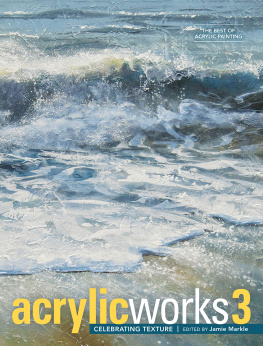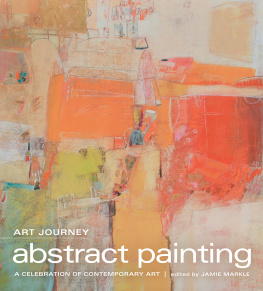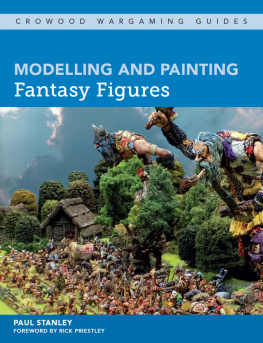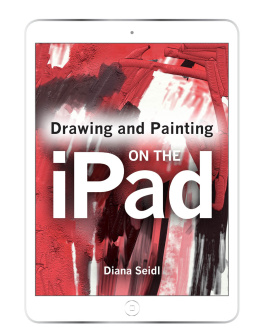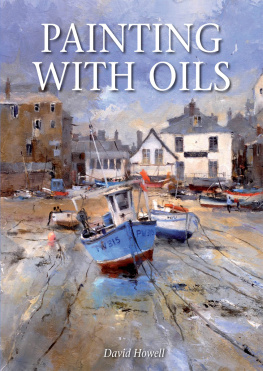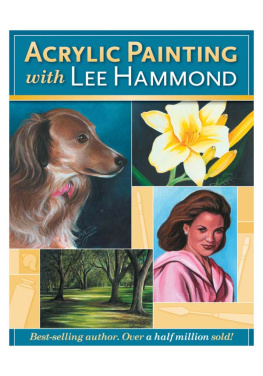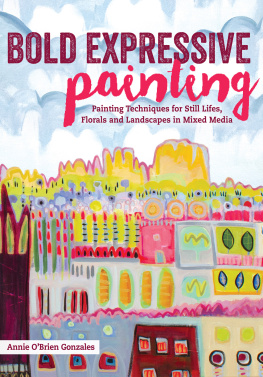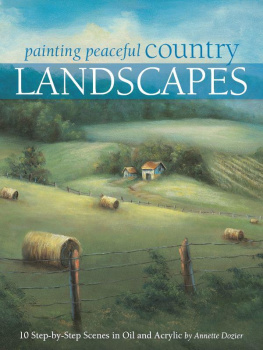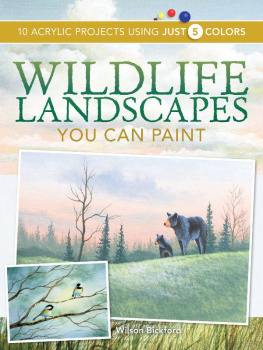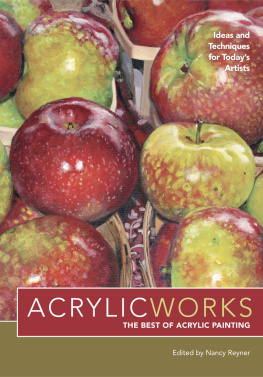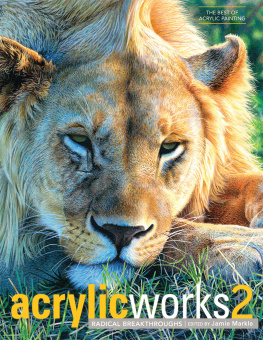Thank you for purchasing this Artist Network eBook.
Sign up for our newsletter and receive special offers, access to free content, and information on the latest new releases and must-have art resources! Plus, receive a coupon code to use on your first purchase from NorthLightShop.com for signing up.
or visit us online to sign up at
http://artistsnetwork.com/ebook-promo
contents
introduction
SELECTING THE ARTWORK youll find here in AcrylicWorks 3: Celebrating Texture has allowed me not only to see amazing works of art, but to reflect on the theme of this years book. One of the reasons I chose a career in publishing was so that I can spend more time with creative people, both at work and in my creative life as an artist. After years of working in product development and marketing, its a great joy to put the skills Ive honed to work for you, our community of artists.
The more paintings I viewed in the selection process for this book the more I found myself asking, what is texture really? The dictionary may define it succinctly, but lets just agree that its a broad topic when it comes to artwork. Artists depict all kinds of objects in their work that represent the full spectrum of texturesglass, rust, water, rocks, fur, skin, feathers, cloudsthe list could go on and on. To successfully capture the appearance of a physical object the artist must re-create the tactile, three-dimensional elements of that object on a flat surface. Thats no small feat!
Upon whatever surface we paint the physical texture can be smooth, shiny, rough, prickly or pebbly, just to name a few results. So the word texture refers both to the visual illusion were capturing and the physical reality were creating on the painting surface. We all achieve unique results. Some painters create the illusion of texture so accurately that they fool the viewers eye into believing that the texture they see has physical dimension upon what is actually a smooth surface. Other artists celebrate texture by leaving physical evidence of the brushstroke or knife work on the surface. And then there are the artists for whom the texture they create in a work takes greater importance than replicating the subject precisely. Of course, many artists employ a combination of these approaches.
Regardless of how we use texture, the more important point is why we use texture. Painting, any art form, is a means of communication for the artist. Artists paint what is meaningful to them, and the use of texture is one of the ways by which the artist clearly communicates with the viewer. Again, the possibilities are endless, limited only by concept, passion and skill. The artists featured here in AcrylicWorks 3 use texture in their paintings to tell their stories. This book honors their expertise and mastery of capturing realistic texture, and gives them a platform upon which to share their perspective on the world. These paintings communicate what aroused the fascination or affection of the artist. The stories these paintings tell record a moment, share an emotion or relay a concept. Each artist is communicating his or her perception of their chosen subject to you via the use of texture and composition.
As you explore the contents of this book, I encourage you to take the time to savor the textures, both illusory and physical. Delve into the stories these artists have shared, which are as diverse as the textures and paintings within. Enjoy!
Jamie Markle

UNTITLED | Jamie Markle
Acrylic and mixed media on board, 36" 48" (91cm 122cm)
Chapter One
Landscapes and Scenes

RINCON DEL RIO | Jos Orlando Lpez Molina
Acrylics on linen, 1712" 23" (44cm 58cm)
I paint landscapes as a way to express the love, respect and admiration I have for my motherland, Boyac, Colombia. I take great pleasure in the personal connection I have with my art. My art requires great patience to achieve intricate detail with different mediums like acrylic, oil and watercolor. I like to make sketches on location and also take photos for painting back in the studio. I prefer to use high-quality paints such as Atelier Interactive acrylics.
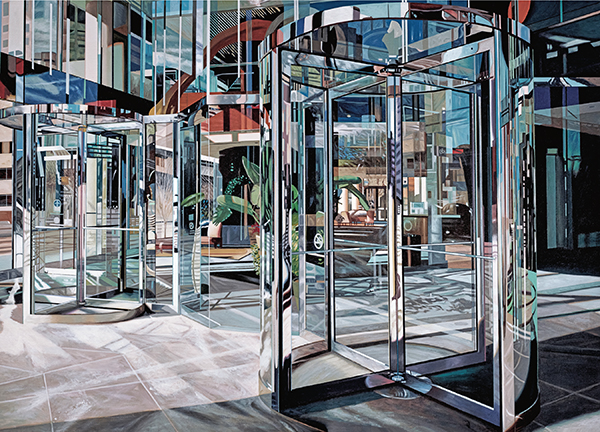
1999 BROADWAY, DENVER | Robert Gratiot
Acrylic on canvas, 34" 49" (86cm 124cm)
I paint from photographs that I have taken. I use a grid pattern, do an intricate drawing, a transparent underpainting and then several layers of opaque painting. In my cityscapes, I tend to be attracted to windows and doors with a lot of reflections. I like looking at a window, seeing inside of it and seeing reflections that are actually behind the viewer, all at the same time. I also enjoy putting many abstract pieces together to create a realistic whole. Textures of glass, metal, wood, concrete and more all represent fun challenges for painting. (See page 66 to view Gratiots piece .)
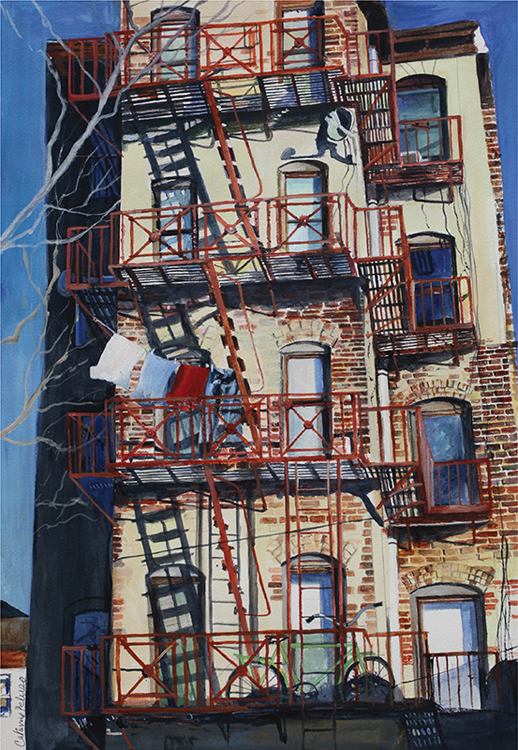
WASH DAY | Catherine Peluso
Acrylic on 140-lb. (300gsm) cold-pressed Arches, 20" 15" (51cm 38cm)
New York City is home to an infinite amount of inspiration. When I walk or drive through the city, I am surrounded by textures of all varieties. As we were leaving New York one afternoon I spied this incredible building. I made my husband stop and out came the camera. What I loved about this building was the shadows the fire escapes created on the brick. I usually paint in either acrylic or watercolor. I chose to paint this in acrylic to capture all the incredible detail and the saturation of color.
I feel that my painting not only captures the texture of the brick on the building but also the texture of New York City.
CATHERINE PELUSO
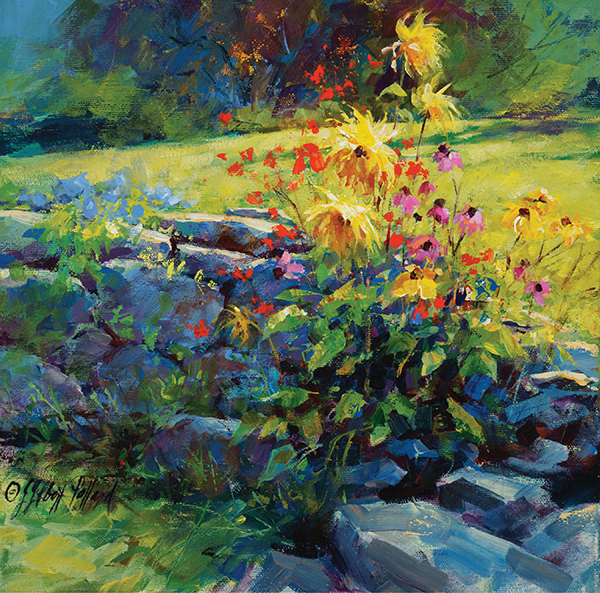
MORNING BOUQUET | Julie Gilbert Pollard
Acrylic on canvas, 12" 12" (30cm 30cm)
Enchanted with this irresistible scenea rustic retaining wall in a friends garden, flowers cunningly sprouting from between the stonesI took numerous photos. The photos gave me shape information, but I had to invent the sunlight as I saw the scene only at dawn and dusk, both before and after the sun had passed over the valley in which this little gem lies.
Many techniques went into creating the textures seen in Morning Bouquet: both positive and negative painting, application of color with a palette knife as well as brushes, from wet-into-wet to drybrush to scraping into the wet paint with a dull knife point. I was careful to balance all of these techniques throughout the painting in order to maintain a unified appearance to the paint quality.

